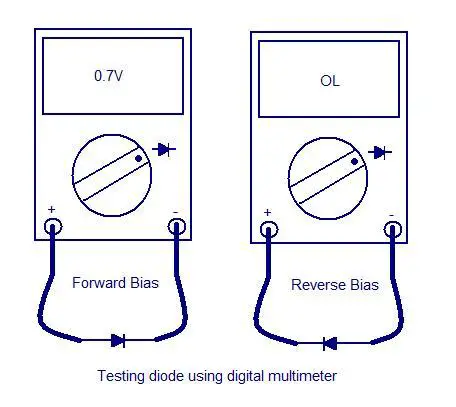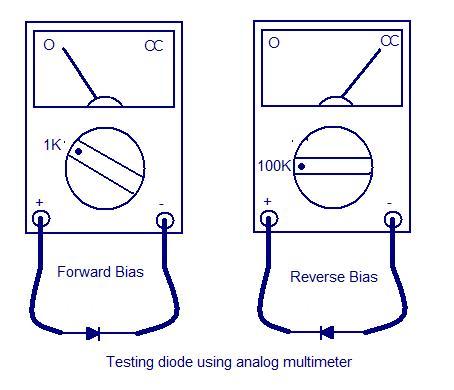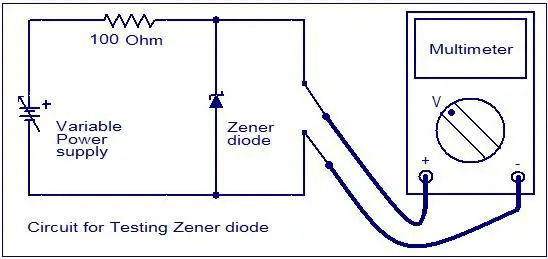This
simple COM PORT based AVR atmega Programmer will allow you to
painlessly transfer hex programs to most ATMEL AVR microcontrollers
without sacrificing your budget and time. It is more reliable than most other simple AVR programmers available out
there and can be built in very short amount of time.
AVR programmer consists of in-circuit serial programmer (dongle) and small pcb with a DIP socket where you can fit
your microcontroller and have it quickly programmed.
You may also use this programmer as a stand alone in-circuit serial programmer that can be used to conveniently
program AVR microcontrollers without removing them from the target circuit.
Entire
AVR programmer has been build with using common parts and fits in the
case of the serial connector. The socket pcb has been created to fit a
28-DIP AVR ATmega8 microcontroller, but you can build a socket pcb for
any other AVR microcontroller out there. This AVR programmer is
compatible with a popular PonyProg software that shows you a status bar
of the programming progress.
AVR In-Circuit Serial Programmer Schematic
Ensures that the chip is receiving exactly +5V voltage it ensures error free programming.
+5V voltage supply for AVR chip may be provided from external power supply or even better - directly from USB
Pony Prog :The Programming software
To be able to send hex file from your computer to AVR microcontroller you will need to download and install PonyProg2000.
After the installation, the first thing you will need to do is
configure PonyProg to work with our AVR Programmer. To do this go to
"Setup" menu and select "Interface Setup". The following window will be
shown and highlighted areas show you exactly which options should be
selected.
In the next step select "AVR micro" and your microcontroller type that you will be programming (ex. ATmega8
At
this point PonyProg configuration is complete and we can open hex
program with which AVR microcontroller will be flashed. Go to "File"
menu, select "Open Program (FLASH) File ...", and point to the hex file
to open it up. You should see hex numbers as shown on the screen below.
If you haven't connected AVR Programmer dongle to your computer's
serial port yet, then now is the time. Make sure that AVR Programmer is
physically connected to your AVR microcontroller through Socket PCB or
through ICSP 6-PIN connector. Finally click on the highlighted icon
"Write Program Memory (FLASH)", or go to "Command" menu and select
"Write Program (FLASH)".
!! IF your Flash(.hex) file have special configuration bits Then you have to configure those bits manually.
Click on "Yes" button to confirm the programming.
Now
sit tight, relax and watch the programming progress on the status bar.
PonyProg will program AVR microcontroller and verify if the hex file was
transferred without any errors. For your information this process
shouldn't really take more than 10 to 30 seconds. This depends on the
size of the program that you're trying to flash.
After
programming is completed "Write successful" window will be shown
letting you know that AVR microcontroller has been programmed, and is
now ready to be used.
Programming The Security and Configration Fuse bit (if needed)
First click on the sercurity and configration button in the tool bar, a dilog box will apper as shown in the image blow.
To read the current security bit from the devive please click Read button in the securit and configration bits dialog box
now you are ready to change the configration bits
To caclulate these ceck box values accoring to your needs or to claculte by use hfuse and lfuse
just check and uncheck the boxes accoring to your setting and click write button.











